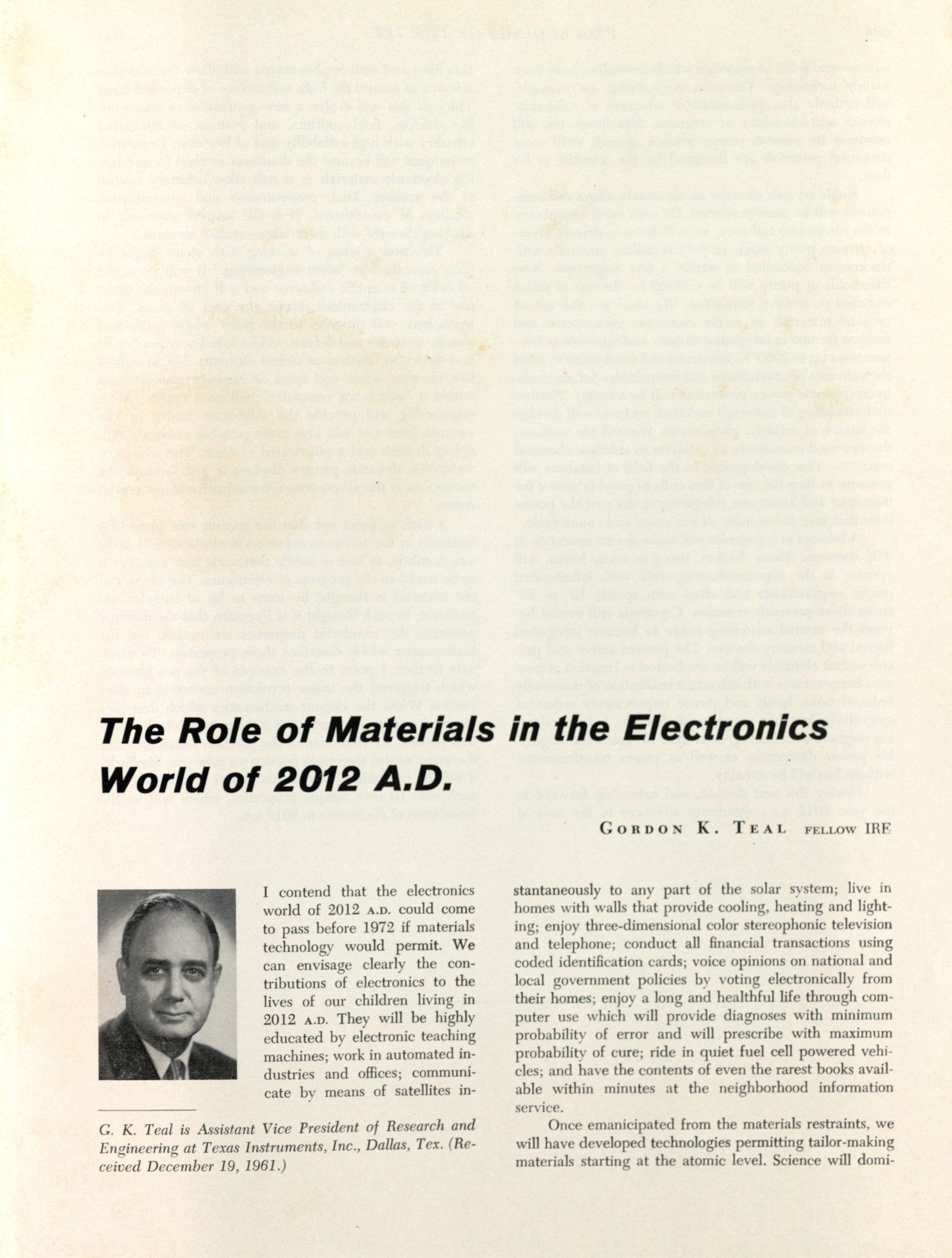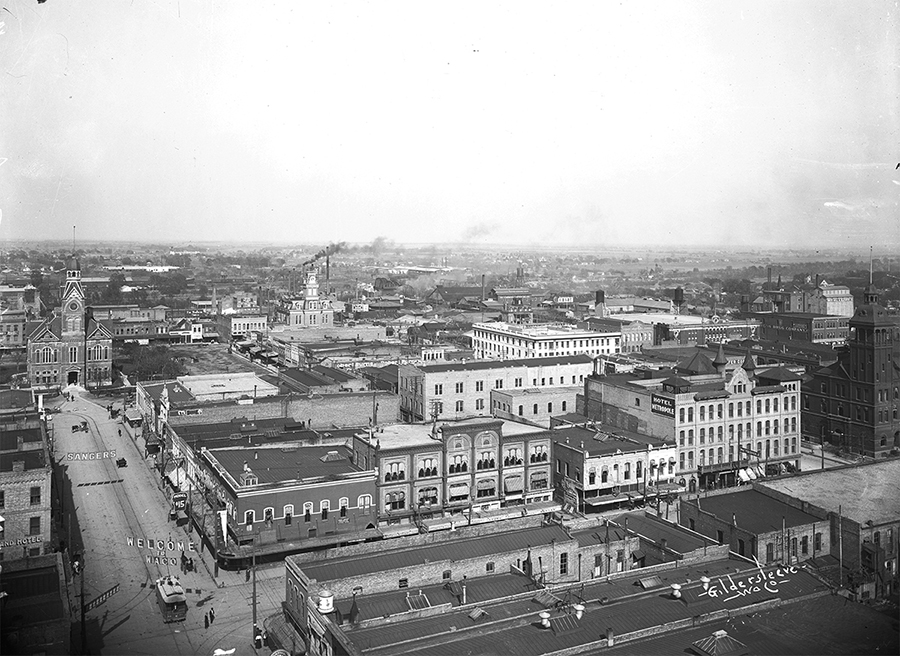Kenna Lang Archer, a veteran researcher at The Texas Collection, is our guest blogger for this series, “A User’s Guide to The Texas Collection.” Drawing on her research on the Brazos River, Dr. Archer offered advice on identifying resources (including staff) in her first post; in her second, she addressed challenging resources. In this final installment, she offers her tips on determining when the research is DONE.

For the final post in this series, I’d like to address a question that is as challenging as it is important…when is enough, enough? When is it time to step away—trusting that you have read enough letters, seen sufficient photographs, and pored through the right amount of memoirs, and how do you know that you’ve reached that point? It’s entirely possible that I am the last person that should be offering advice on the subject. My friends and colleagues have often chided me for “excessive” research, as have several editors (apparently, one really can cite too many sources in too many footnotes). However, my occasional inability to know that I have gathered the necessary citations means I am actually well placed to offer guidance.

That advice begins with a simple realization: it is possible to spend so much time looking through archival materials that the notes you collect become overwhelming and your work with them, inefficient. A paradox of historical research—people working with primary sources tend to assume that where one source is good, two sources are better, and three sources, best. The problem with this line of thought is two-fold. First, as your notes or copies increase in number, it becomes increasingly difficult to incorporate that information into existing outlines, chapters, etc. After completing my dissertation, I found a stack of Xerox copies more than one foot high that I had never written into my outlines. I missed nothing of import in those copies, but I was fortunate. I could easily have lost valuable information to a crowd of unheeded papers. Second, if you focus exclusively on research, you will never finish the project that prompted that work in the first place. Research alone does not produce finished works. Books, articles, and even blog posts can only be written, edited, and completed by an individual who has found the courage to say, “Yes, this research and my thoughts on it can stand.”
So how do you know when enough is truly enough? Where do you draw the mythical line in the sand? Personally, I use a series of hypothetical scenarios to weigh what I might find in future research against what I know from my current research. Would my ideas still hold if, somewhere, a source existed that said X; if I later found a source that said Y, would I still feel comfortable with my project? If I decide that nothing short of indisputable evidence refuting my argument would cause me doubt, then I leave my research be. If I feel like there is more than one way in which my ideas could be threatened or if I see a glaring omission, then I continue to research until I feel comfortable in my analysis.

Along those lines, I would recommend that anybody making extensive use of primary sources develop an effective organization system for their research. Each researcher must find the method that best fits their timeline and needs, but based on my experiences, I would make the following suggestions for people engaged in archival research:
- Copying/photographing every source you find is as risky and ineffective as copying no sources at all: to be buried by too much material is a cruel fate.
- Trying to track down a citation after the fact is maddening and a waste of precious time: write down every citation legibly and in the same place as the note itself as you go along.
- When making copies, do not assume either that the archivists will write down the citation for you or that they will include everything you need for reference: be responsible for assuring the validity and the location of your sources.
- Trusting too much in technology will eventually lead to a headache: be prepared to take notes the old fashioned way and keep a list of the sources that you have duplicated (as well as their location).
I made a number of “rookie mistakes” when I began working in the archives; I can even admit that I fell into the same blunders several times. Fortunately for my self-worth (and unfortunately for the rest of the research community), I am not alone in my struggles. I would guess that every researcher has, at one time or another, struggled with the effectiveness of his/her research methods or the decision to walk away from new sources. It’s a learning process, and one that everybody must endure. However, it can be made easier. My hope for anybody reading this series is that his or her experience in primary source research might be a smidge less chaotic, a bit more constructive, as a result of my suggestions.
Onward, archival soldiers…and until next time, good luck!
Missed the first installments? Check them out here.
Archer is an instructor in the history department at Angelo State University. She earned her bachelor’s and master’s degrees at Baylor and then her doctorate at Texas Tech University. You can learn more about her research on her website, www. kennalangarcher.com.



































